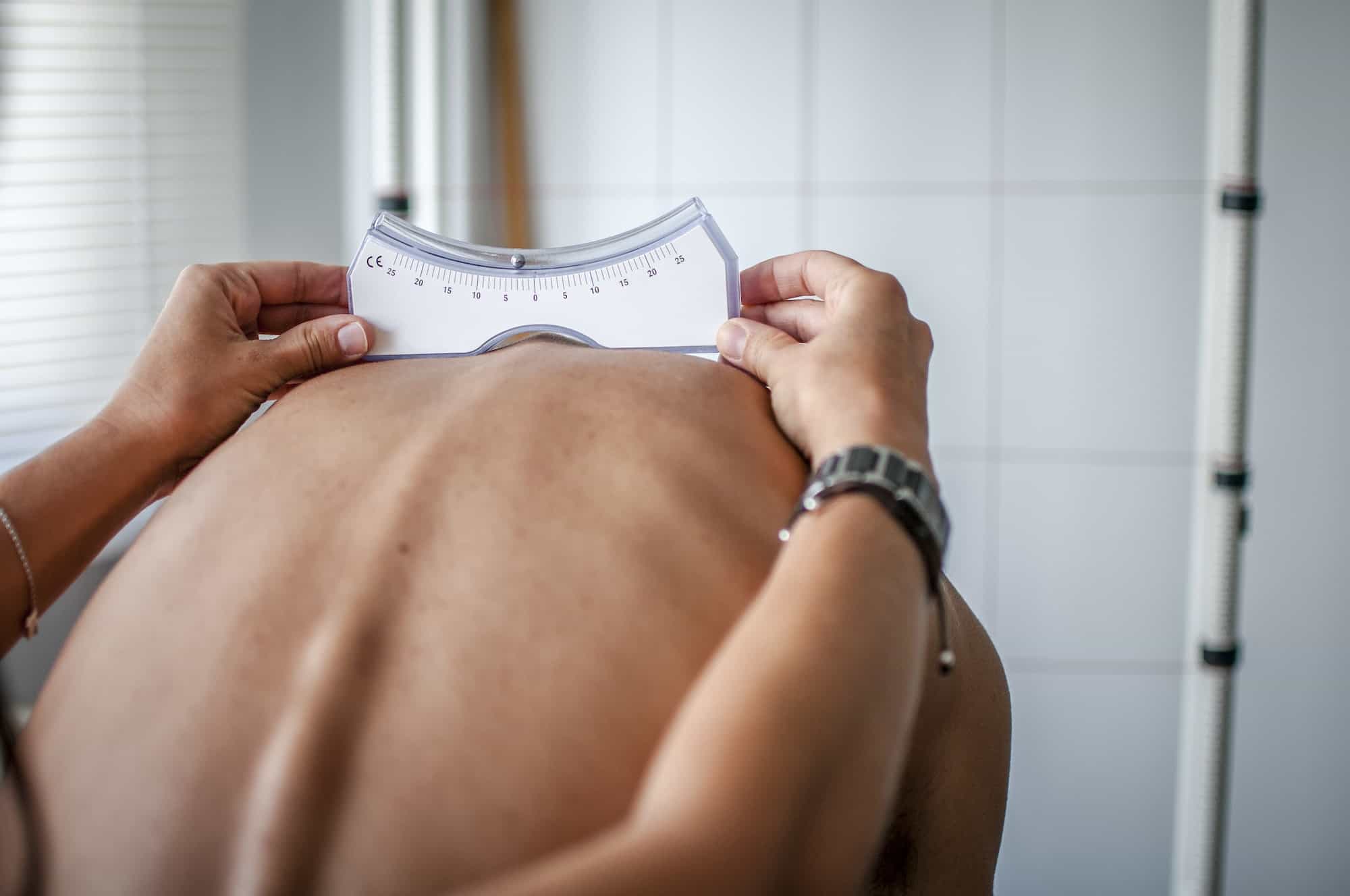Scoliosis is a condition that affects the spine and causes it to curve sideways. This condition can occur at any age, but it is most commonly diagnosed during adolescence. While some cases of scoliosis are mild and require little to no treatment, severe cases can cause chronic pain and limited mobility. Fortunately, chiropractic care has been shown to be an effective treatment option for scoliosis.
Scoliosis is a medical condition that causes the spine to curve sideways, instead of being straight. The condition can affect people of all ages, but it is most commonly diagnosed in children and adolescents. Scoliosis can cause a wide range of symptoms, including pain, discomfort, stiffness, and reduced mobility. In severe cases, scoliosis can even impact organ function, breathing, and overall quality of life.
There are several different types of scoliosis, including idiopathic scoliosis (the most common type, with no known cause), congenital scoliosis (caused by abnormal development of the spine), and neuromuscular scoliosis (caused by conditions such as cerebral palsy or muscular dystrophy).
Scoliosis is typically diagnosed through a physical examination, medical history, and imaging tests such as X-rays or MRI scans. Treatment options for scoliosis vary depending on the severity of the condition, the age of the patient, and other factors. Mild cases may be monitored through regular check-ups, while more severe cases may require bracing or surgery to correct the spinal curvature.
Chiropractors are healthcare professionals who specialize in the treatment of musculoskeletal disorders, particularly those related to the spine. They use a variety of techniques to realign the spine and relieve pressure on the nerves and surrounding tissues. When it comes to scoliosis treatment, chiropractors use a combination of spinal adjustments, therapeutic exercises, and other manual therapies to improve spinal alignment and reduce pain and discomfort.
Spinal Adjustments
One of the primary techniques used by chiropractors to treat scoliosis is spinal adjustments. These adjustments involve applying gentle pressure to the spine to realign the vertebrae and improve overall spinal alignment. Chiropractors use a variety of techniques to perform spinal adjustments, including manual manipulation, flexion-distraction, and instrument-assisted adjustments.
By realigning the spine, chiropractors can relieve pressure on the nerves and surrounding tissues, which can reduce pain and improve mobility. In addition, spinal adjustments can also improve the function of the nervous system, which can lead to better overall health and wellness.
Therapeutic Exercises
Another important aspect of chiropractic care for scoliosis is therapeutic exercise. Chiropractors often prescribe exercises that can help strengthen the muscles around the spine and improve overall posture. These exercises may include stretching, strengthening, and aerobic exercises, all of which can help reduce pain and improve mobility.
In addition to exercise, chiropractors may also recommend other forms of physical therapy, such as massage, to further improve spinal alignment and reduce pain and discomfort.
Other Manual Therapies
In addition to spinal adjustments and therapeutic exercises, chiropractors may also use other manual therapies to treat scoliosis. These therapies may include traction, which involves gently pulling on the spine to improve alignment, or electrical stimulation, which can help reduce pain and inflammation.
Chiropractors may also use orthotics, such as shoe inserts or braces, to help support the spine and improve overall posture. These orthotics can be custom-made to fit the individual needs of each patient, and can be worn throughout the day to provide continuous support and relief.
Benefits of Chiropractic Care for Scoliosis
Chiropractic care can offer a number of benefits for those with scoliosis. Some of the most significant benefits include:
- Pain relief: Chiropractic adjustments and other manual therapies can help reduce pain and discomfort associated with scoliosis.
- Improved mobility: By improving spinal alignment and reducing pressure on the nerves and surrounding tissues, chiropractic care can help improve mobility and range of motion.
- Better posture: Through a combination of spinal adjustments and therapeutic exercises, chiropractic care can help improve overall posture and reduce the appearance of the spinal curve.
- Reduced need for medication: Chiropractic care can help reduce the need for pain medication, which can have harmful side effects and be addictive.
- Improved overall health: By improving spinal alignment and function, chiropractic care can improve overall health and wellness, leading to better quality of life.
Conclusion
Scoliosis can be a challenging condition to manage, but chiropractic care can offer an effective, non-invasive treatment option for those with this condition. By combining spinal adjustments, therapeutic exercises, and other manual therapies, chiropractors can help improve spinal alignment, reduce pain and discomfort, and improve overall health and wellness.
If you or a loved one is struggling with scoliosis, consider visiting a chiropractor to explore the benefits of chiropractic care as a part of your treatment plan. With the help of a skilled chiropractor, you can work towards reducing pain and improving mobility, posture, and overall quality of life.
It is important to note that while chiropractic care can be a valuable treatment option for scoliosis, it should always be used in conjunction with other forms of medical care. Chiropractors work closely with other healthcare professionals, including orthopedic specialists, to develop a comprehensive treatment plan that addresses the unique needs of each patient.
In addition, it is important to work with a qualified and experienced chiropractor who has experience treating scoliosis. Look for a chiropractor who specializes in this area and has a proven track record of success in treating patients with this condition.
In conclusion, scoliosis can be a challenging condition, but with the right treatment plan, it is possible to manage symptoms and improve overall quality of life. Chiropractic care offers a non-invasive, drug-free treatment option for those with scoliosis, and can help improve spinal alignment, reduce pain and discomfort, and improve overall health and wellness. If you or a loved one is struggling with scoliosis, consider exploring the benefits of chiropractic care as part of your treatment plan.




